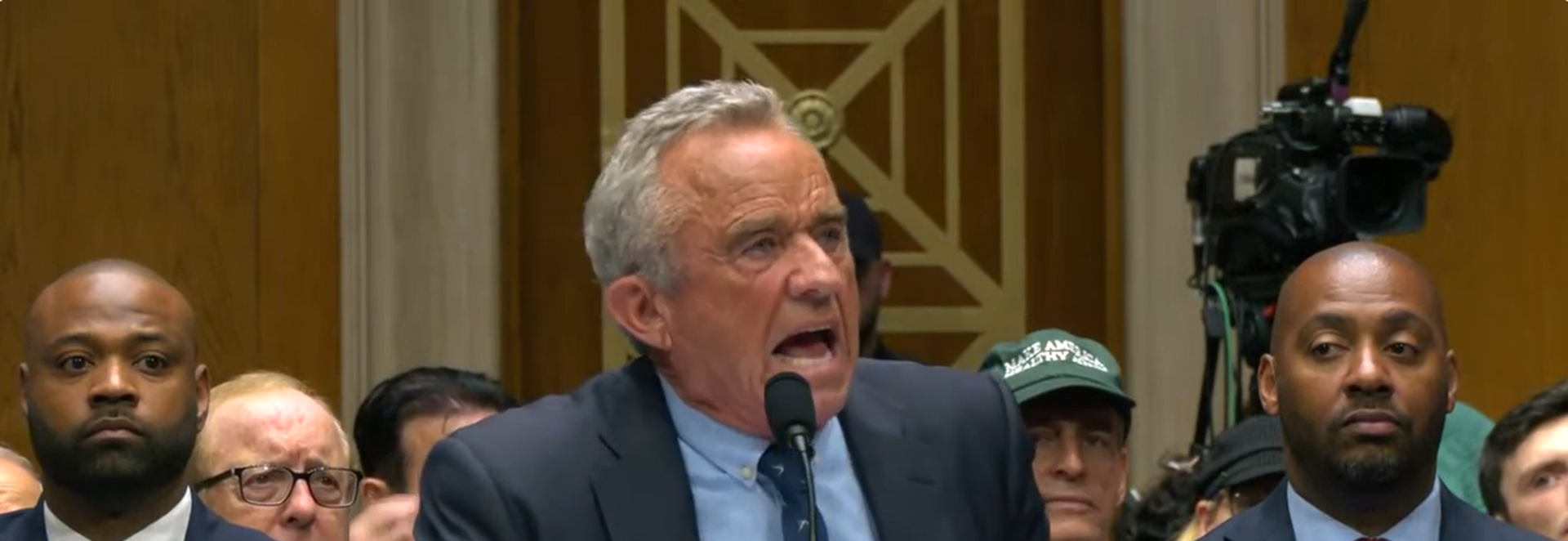How Much Time Is Needed to Recover from Rhinoplasty in Dubai?

Rhinoplasty in Dubai has become an increasingly popular choice for those seeking to enhance their facial harmony or correct nasal imperfections. This surgical procedure, commonly known as a nose job, not only improves the nose’s appearance but also can improve breathing difficulties. While many are excited about the transformative results, a key question often arises: How much time is needed to recover from Rhinoplasty in Dubai? Understanding the recovery timeline is crucial to set realistic expectations, plan your schedule, and ensure the best possible outcome.
What Happens During Rhinoplasty?
Before diving into the recovery time, it helps to briefly understand what the procedure involves. Rhinoplasty typically involves reshaping the bone, cartilage, and skin of the nose. Depending on the individual’s goals and the complexity of the surgery, the process may range from minor adjustments to significant structural changes. Because the nose is central to facial aesthetics, the procedure is delicate and demands precise healing for optimal results.

Immediate Post-Operative Period: The First Week
The first week after rhinoplasty is often the most critical phase of recovery. Right after the surgery, the nose will be swollen, bruised, and tender. Patients usually wear a nasal splint for support and protection, and internal packing may also be placed inside the nose. These measures help maintain the new shape and control bleeding.
During this period, it’s common to experience some discomfort, nasal congestion, and mild pain — all manageable with prescribed medications. Swelling and bruising around the eyes may peak around day 3 or 4 but generally start to improve by the end of the first week.
Tips for a Smooth First Week:
-
Rest with your head elevated to reduce swelling.
-
Avoid strenuous activities and heavy lifting.
-
Apply cold compresses to the cheeks (not directly on the nose) to ease bruising.
-
Follow all post-op instructions given by your healthcare team carefully.
By the end of week one, most patients feel well enough to return to light daily activities but still need to be cautious with physical exertion.
The Second Week: Visible Improvement Begins
As the splint and any internal packing are typically removed between day 7 and 10, many patients notice a significant improvement in comfort and nasal breathing. Bruising around the eyes fades substantially, making social interactions and returning to work more feasible for many.
However, it’s important to remember that swelling doesn’t disappear overnight. The nose will continue to heal beneath the surface, and subtle puffiness may remain, especially around the tip and nostrils.
Weeks 3 to 6: Gradual Return to Normalcy
Between the third and sixth week, the healing process accelerates. Most swelling diminishes enough that the final shape of the nose begins to emerge. During this phase, patients can usually resume moderate exercise but should still avoid activities that risk trauma to the nose, such as contact sports.
Sensitivity and occasional numbness around the nose are normal and typically resolve gradually. Many find that their confidence improves as the appearance becomes closer to their desired look.
Long-Term Recovery: Patience Pays Off
Complete healing after rhinoplasty can take several months to a full year, especially for subtle refinements and complete resolution of swelling. While the bulk of swelling subsides by 6 to 8 weeks, the nasal tissues continue remodeling internally.
The tip of the nose is often the slowest to heal because of its delicate structure. Full definition and refinement may only become apparent after 9 to 12 months.
Why Does Recovery Time Vary?
Recovery times from rhinoplasty can differ widely depending on several factors:
-
Surgical Technique: Open versus closed rhinoplasty may influence swelling and healing time.
-
Extent of Surgery: More complex reshaping requires longer recovery.
-
Patient’s Age and Health: Younger, healthier individuals often heal faster.
-
Skin Thickness: Thicker skin may prolong swelling resolution.
-
Adherence to Care Instructions: Following guidelines can speed up healing and prevent complications.
How to Support Optimal Recovery
Whether you undergo rhinoplasty in Dubai or elsewhere, these general recovery tips can help ensure the best outcome:
-
Stay well-hydrated and maintain a nutritious diet rich in vitamins and minerals.
-
Avoid smoking and alcohol as they can impair healing.
-
Protect your nose from sun exposure to prevent discoloration.
-
Be gentle when washing your face and avoid wearing glasses resting on the nose until cleared by your doctor.
-
Attend all follow-up appointments to monitor progress and address any concerns.
The Psychological Aspect of Recovery
Beyond physical healing, it’s essential to recognize the emotional journey. The transformation from rhinoplasty can be deeply satisfying but also challenging as you adjust to your new appearance. Some patients feel anxious or impatient during the swelling phase or worry about asymmetry. Patience and a positive mindset, supported by open communication with your medical team, make a significant difference in the overall experience.

Why Choose Dubai for Rhinoplasty?
Dubai offers world-class medical facilities and skilled specialists, along with a welcoming environment for medical tourism. The city's advanced healthcare infrastructure ensures access to high standards of care, which contributes to smooth recovery and satisfying results.
Final Thoughts: How Much Time Is Needed to Recover?
While the excitement of seeing the new nose can make waiting difficult, understanding that Rhinoplasty Dubai recovery is a gradual process helps manage expectations. Typically, the most intense recovery lasts about 1 to 2 weeks, with visible improvements over the next month or two. Complete healing, especially for fine details and swelling resolution, can take up to a year.












































































